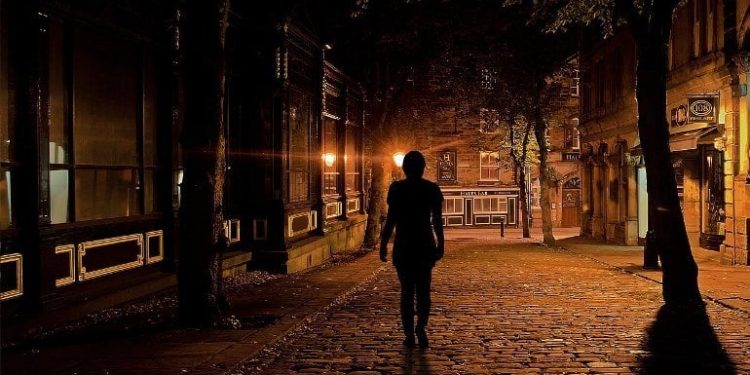Have you ever felt like someone was with you, but no one was there? It’s a bit spooky, right? This mysterious sensation, often described as sensing an unseen presence, isn’t just a figment of your imagination. In fact, science has been trying to explain this phenomenon for quite a while.
Let’s go back in time a bit. In 1894, a big study called the Census of Hallucinations asked over 17,000 people from different places whether they ever felt presences that predicted death. They found out it was pretty common – about 1 in 43 people reported such experiences. These findings were intriguing but also controversial because some thought they weren’t scientifically solid.
When the Mind Plays Tricks at the Edge of Sleep
Many accounts from the past may actually be related to something called hypnagogia, which are the strange things some people see or feel as they’re about to fall asleep. For instance, around 7% of adults have experienced sleep paralysis at least once, where they can’t move for a short time after waking up. Over half of these folks report sensing some kind of presence during these episodes.
While in the past, these nighttime visitors were often seen as friendly, today they can feel quite scary. Different cultures have their own tales about these shadowy figures that seem to visit in the night.
The Science Behind Sensing Someone There
So, why do we get the heebie-jeebies during sleep paralysis? Some experts think that when we wake up unable to move and feeling vulnerable, our brains might imagine a threat – like a predator lurking nearby.
Experiences of sensing an unseen presence aren’t just limited to when we’re half-asleep. They’ve also been reported in other conditions like Parkinson’s disease, during intense emotional situations, and even by athletes pushing their limits. This suggests it’s not just a sleep thing but a more general brain response.
It’s All in Your Head… Literally
Neurologists have found that stimulating a certain part of the brain can actually cause someone to feel a presence. In a cool experiment, scientists used robots to trick people into feeling like someone was touching their back. When the robot’s touch was slightly off, people started feeling as if there was someone else there with them.
In my own study, I looked at how this feeling of presence is described in different situations, from medical cases to spiritual experiences and sports. It turns out, many of these stories share common threads, like the sensation that the presence is right behind the person.
While the study of these invisible companions has come a long way since the 1800s, we’re still on the journey to fully understand them. Whether there’s one big explanation or several smaller ones, the tales of phantasmal visitors are more than just old wives’ tales.


